At Lazy Susan we definitely believe that maintaining a beautiful garden is less about time and money spent and more about good planning.
Most of us have busy lives, so finding the time needed can often be tricky. And I know many of us at Lazy Susan has been guilty in the past of neglecting some of the more day-to-day tasks, but they're often the jobs that really pay off in the long run.
However, we can hopefully help you with that. A bit of careful planning now will help you grow a healthier, more productive and (most importantly) beautiful looking garden in 2022.
How do you plan the year ahead in your garden?
Good gardening is all about good maintenance. Doing the right jobs at the right time of year will ensure your plot looks good all year round.
Keeping track of what you need to do and when you need to do it, is a good way of ensuring all those little jobs we put off, such as aerating the lawn or turning our borders, get done as and when they need to.
So, how do you create your own yearly garden plan?
We've got 6 simple steps to get you started:
1. Start by reviewing your garden

If you really want to change bad gardening habits then the best place to start is to take a critical look at your garden. Establish what you don’t like about it and what you want to make better.
One of the fundamentals of good garden design and planning is to visualise what you want the space to look like. Identify where and what you want to grow and in what conditions.
Think about the following elements:
- Location
Will you be planting in borders, containers, etc? - Conditions
Is it shaded or in sun most of the day? - Soil
What is the soil like? Do you need to prepare/improve/adjust PH levels? - Seeds
Do you want to raise from seed? When will they be ready for potting and planting in the garden? - Cuttings
Do you (or any green-fingered friends) have any cuttings you want to incorporate? - Planting
When is the best time to plant any new plants in your garden? - Lawn
If you have a lawn, when is it best to feed, treat, cut the grass, etc? - Pruning
When do you need to prune different plants? - Pests
How do you spot them and when is it best to treat them?
2. Figure out what you would like to grow and where in your garden
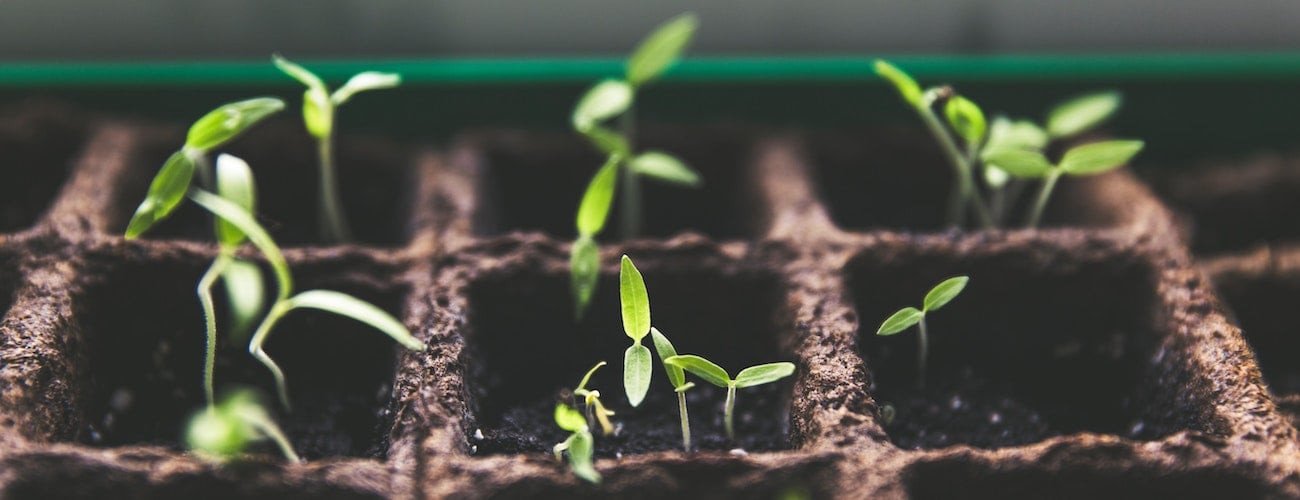
Once you’ve reviewed and established what type of plot you're working with, you can start to think about what it is you want to grow.
Do your research with books and online to see what will best fit with what you’ve identified in step one.
Write down a wish list of what you’d like to grow and what current plants/areas need a little TLC. Ask yourself:
- Are there any parts of the garden that look a little dull?
- Assess what plants aren’t doing too well?
- Could they be moved or do they need replacing?
- Are they getting too much or too little sun?
- Is your soil pH level too high or too low?
It is also important at this point to assess when you can best grow (time of year) what it is you want to grow.
For example:
Spring-blooming bulbs such as Daffodils, Tulips and Hyacinths are best planted in Autumn. They need that spell of cold in the ground to get the best bloom the following Spring.
Many deciduous trees, shrubs and climbers on the other hand are at their best in Autumn. It is also the best time of year for fruit too, so you might want to look at planting those in the coming months.
Try and plan it so that you have all year round interest by looking for plants that thrive in all 4 seasons.

Pro Gardening Tip:
Understanding the climate in your local area is key to having a garden that'll thrive. Even in a small country such as the UK, there can be big swings in temperatures and conditions depending on which part of the country you live. For example, if you live at the coast you might not see as much snow and frost as those living further inland. However, you could find that temperatures are lower at the coast in the summer due to a sea breeze or sea fret. It pays divedends to keep a close eye on your local weather forecast. A mild March one year could see 3 inches of snow the next. You can see big swings year on year, so go with the forecast, not what's gone before. Factor this into your gardening plan to ensure whatever you plant has the best chance to flourish.
3. Plan out your garden on paper

You don't have to draw out a garden plan, but at Lazy Susan we find that popping it down on paper helps us to see exactly what it is we’re trying to do.
There are a number of free garden design apps but we’re yet to find one that does what we want without a load of faffing. If you can recommend one, please drop it in the "Write A Comment" section at the bottom of this page?
Pencil and paper work best for us though, and while it doesn’t need to be perfect, try and keep it to scale as this will help you work out exactly what you need to do and potentially get.
If you do need any further help with this, then the RHS have you covered with their creating your garden plan post but I’m sure this is a subject we will revisit in the future too.
4. Create a schedule of what you want to plant and when
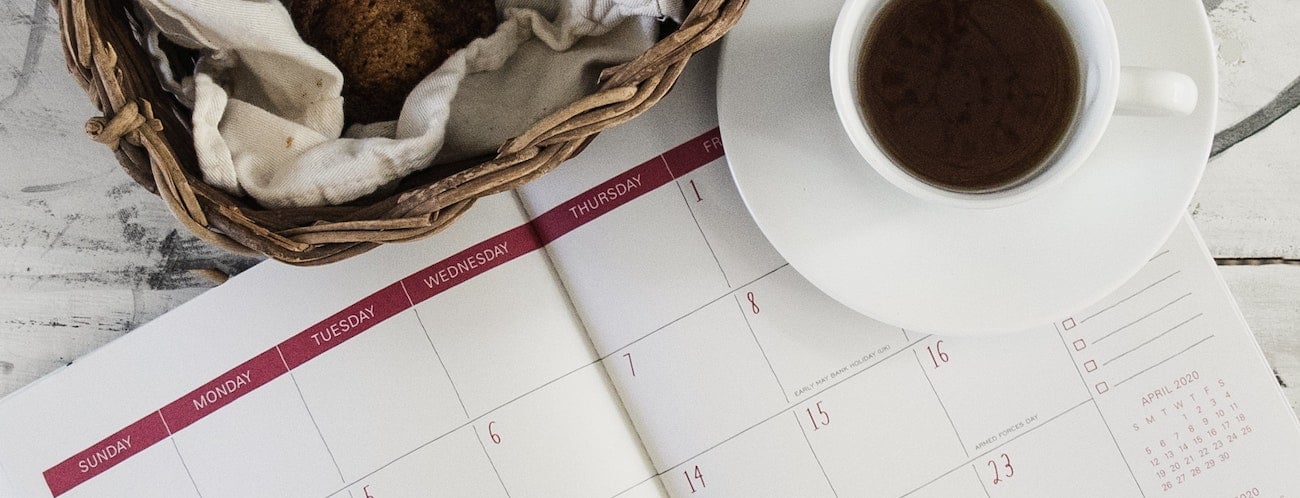
The next step is to come up with a workable schedule that will help you achieve your plan. When to plant, when to maintain soil, when to cut back, etc.
Again, you could go down the app route with something like Planter, but call us old fashioned, we like to write it down.
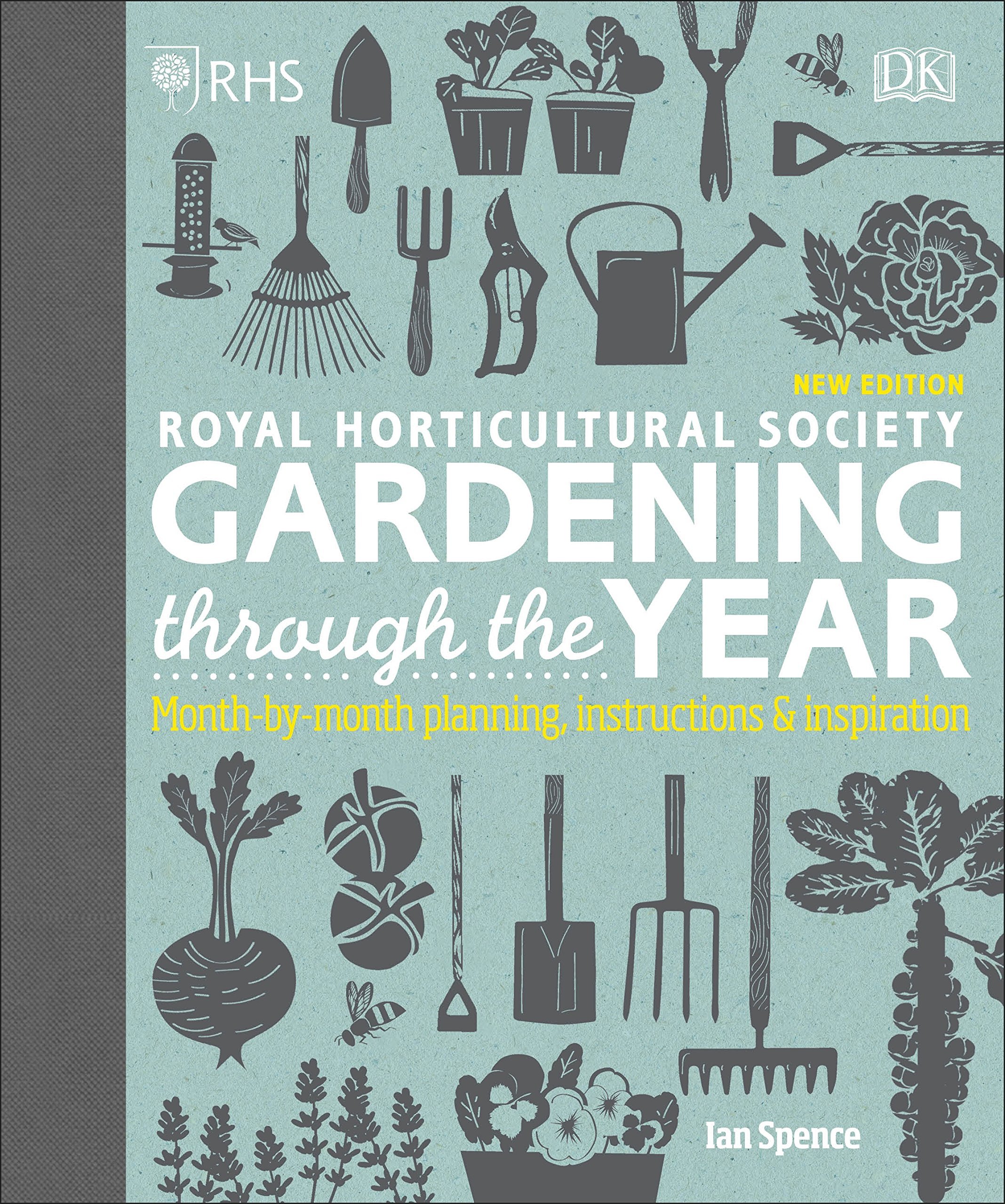
We would again point you to the RHS and their excellent book Gardening Through the Year (pictured above) as a starting point, and then get yourself a good monthly planner such as the Garden Planner And Log Book (below) from Cartba Publishing on Amazon.co.uk to write down your own plan of action.

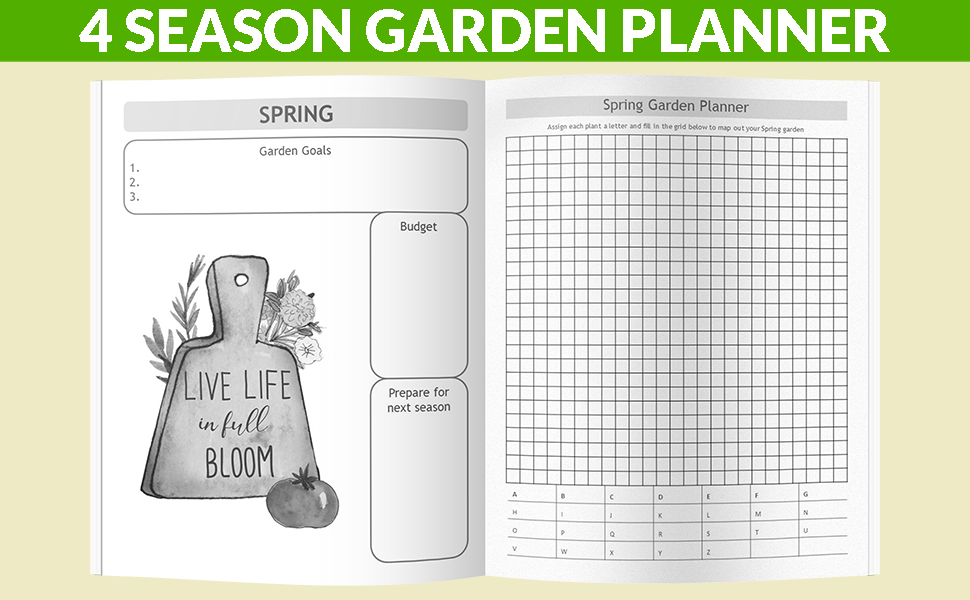
5. Work with the weather and the seasons
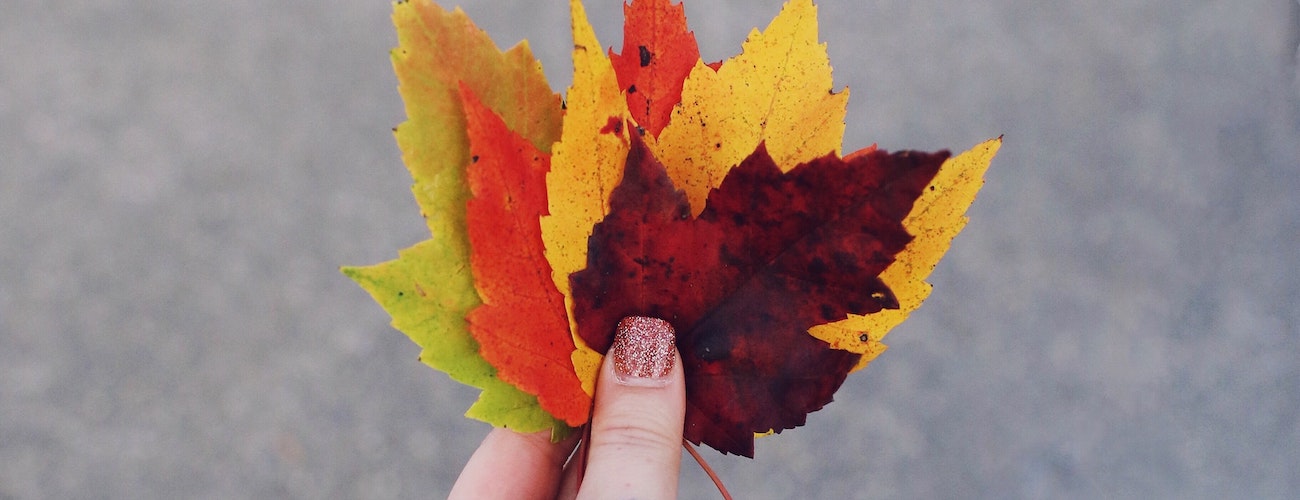
In the UK we have a temperate climate, and whilst we don’t get much in the way of extreme weather, we do see all 4 seasons, and that can often be all in one day.
Cool, wet winters and warm (also wet, let’s be honest) summers but without the severe heat or cold, drought or wind that is common in other climates.
We’re close to the path of the polar front jet stream, so frequent changes in pressure and unsettled weather are common.
Knowing when is the best time to do garden jobs, be it pruning or treating potential pests, is the key to a healthy garden.
- Spring
We see the amount of sunlight increase and the temperature starts to rise. There’s less chance of us seeing any frost, so this is a great time to start growing as plants and seeds love to germinate when we get that combination of mild temperatures with plenty of rainfall. - Summer
Even in the UK where we often complain that we don’t see much of a summer, we will see the temperature rise and the days get longer (more sun). In fact, in many ways, we have some of the ideal growing conditions, with that mix of sun and rain. Many plants grow rapidly during this time of year and seeds will germinate quickly. - Autumn
The autumntime is probably our most unpredictable season. More so than spring even. Temperatures are often a little cooler, which can make growing a little trickier, however, it is probably the best time of year to do many of the more maintenance-related jobs and get the garden ready for winter. - Winter
Short days and cold (often freezing) temperatures, we all know what to expect in winter. Many of us neglect our gardens at this time of year but wrap up and there’s much we could be doing. Plus, you can keep visual interest during the colder months with more hardy plant types and evergreens, etc.
6. Plan ahead your month by month gardening jobs
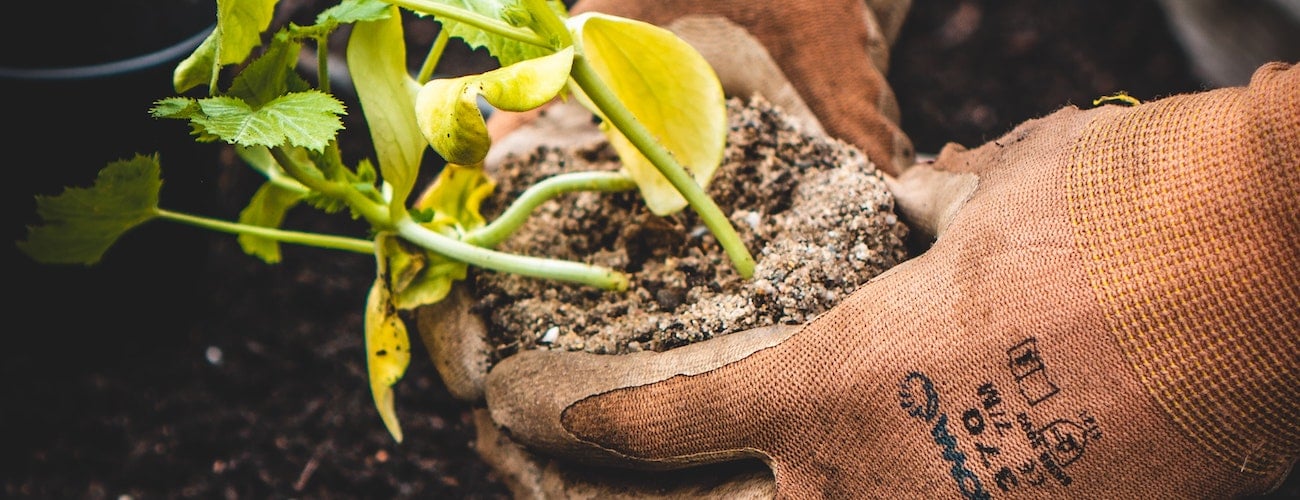
Obviously, we can’t list all the jobs, it is (and often feels) never-ending. However, to help get you thinking, we’ve listed some of the ‘regular’ maintenance type-jobs we always tackle in our own gardens on a month by month basis:
- Mid Winter - January
For example: Take cuttings from perennials, dead-head any late autumn-flowering plants and prune summer-flowering shrubs. - Late Winter - February
For example: Prune overgrown shrubs and climbers, cut back overgrown perennials and pot up containers with hardy spring bedding plants. - Early Spring - March
For example: Check Soil PH levels and adjust if need be, apply Compost, give the lawn its first cut and seed/feed, lay any new turf and prune roses. - Mid Spring - April
For example: Plant any new shrubs, stake perennials if they need it and dead-head any early flowering spring bulbs. - Late Spring - May
For example: Prune shrubs, trim hedges, apply 'feed and protect' products to roses and plant up your containers and hanging baskets with summer flowering plants. - Early Summer - June
For example: Plant new bedding plants, cut-back perennials and prune fruit trees. - Mid Summer - July
For example: Water all lawns and plants if needed, water any veggies regularly and plant autumn flowering bulbs. - Late Summer - August
For example: Take cuttings for next year, give hedges a trim and tidy any new growth and sow hardy annuals to provide early summer colour next year. - Early Autumn - September
For example: Plant spring-flowering bulbs and rake, aerate and feed lawns. - Mid Autumn - October
For example: Collect fallen leaves and add to compost, plant any new trees and shrubs, cut back and divide perennials. - Late Autumn - November
For example: Apply mulch to soil, protect containers from frost, plant conifers and evergreens. - Early Winter - December
For example: When mild open greenhouse to let in some fresh air and give it a clean.
The above is a guide only. We have shown which calendar month relates to which season. Each season starts on the first of the month, so for example, early spring starts on 1st March, and so on.
This helps when producing your plan and schedule as you can determine when to plant, etc as plant labels and seed packets often specify by season rather than month.
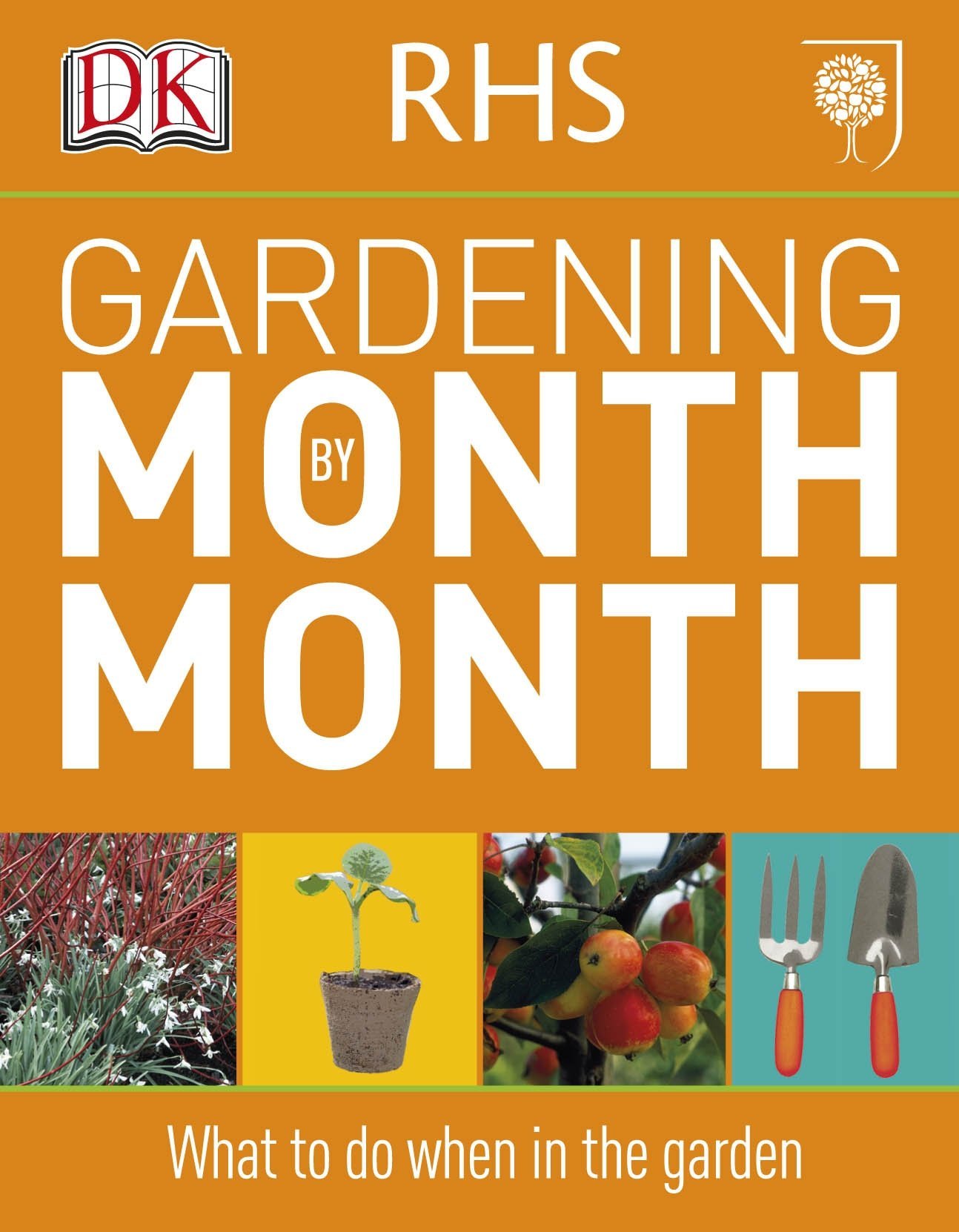
For a more detailed month by month guide to which garden jobs you should be doing, the Gardening Month by Month (above) by the RHS shows you much more of what we’ve listed as examples above.
Garden planning videos to help you plan the year ahead in your garden
For those interested in doing a little more research, we would recommend the following videos:
First up is this great Garden Planning video from Charles Dowding:
Charles shows you how he chooses what to plant, where and when, through each season, and it is a great starting point.
Along similar lines we also have this wonderful video from MIgardener where he shows us how he draws out his planting scheme with some great tips and pointers:
If you want the same but for a veggie garden, then Lovely Greens have this great video:
In January Lovely Greens will decide what they’re going to grow, where it's going to grow, and when they’re going to sow.
The video includes some simple steps to help you plan a veggie garden and how to go about it, much of which can be applied to any type of garden, to be honest with you.
If you have any further questions regarding this article or the Lazy Susan Garden Furniture Collection, please don’t hesitate to Contact Us.




